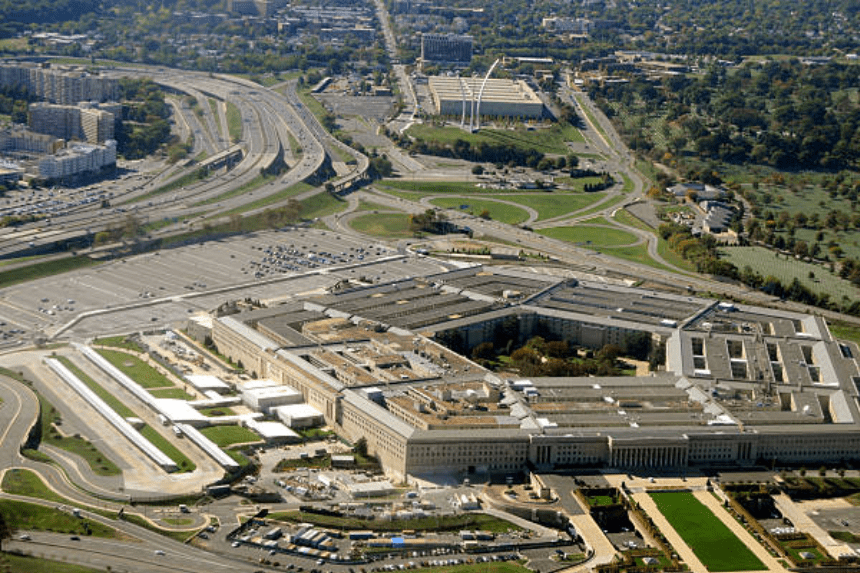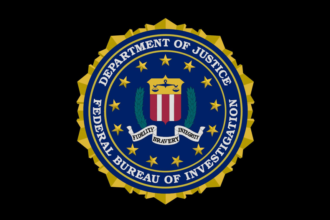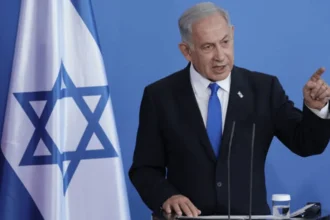Donald Trump, the president, has signed an executive order to give the U.S. Department of Defense a new name: the Department of War. This action shows that the military is becoming more forceful. The rebrand can’t become permanent without approval from Congress, but the directive lets Defense Secretary Pete Hegseth and the Pentagon use the new moniker in official correspondence.
Before 1947, the Pentagon was known as the War Department. It is now in charge of all branches of the U.S. military. Trump’s order is meant to bring back that old term to show a stronger stance on national security.
Why change the name of the Pentagon now?
The rebranding comes at a time when tensions and geopolitical rivalry are rising around the world. The executive order says that the name “Department of War” better shows how ready the United States is to protect its interests, not just through defense but also through strength. Trump thinks that the present term downplays the country’s military strength.
Also, the timing is right because of recent changes in foreign military affairs, such as China’s announcement of new weapons systems. According to the command, the U.S. response must show determination and skill. Here is the link to our article on the Trump-China Trade War.
Is it legal for Trump to change the name of the department?
No, not unless Congress does something. An executive order can give a federal department a second name, but it needs to be approved by Congress for an official name change. Hegseth is in charge of coming up with the legal procedures to make the change permanent, as directed by the executive order.
The order gives all Department of Defense agencies the power to start using the Department of War branding along with their current names, even though there are legal problems.
How Much Would the Rebranding Cost?
A complete rebranding might cost billions of dollars. Costs would include adjustments to clothing, signs, email systems, websites, agency seals, and other things. This could get in the way of efforts to cut down on waste and make the Pentagon’s spending more efficient.
The government, on the other hand, sees the rebranding as a way to boost morale and keep people from doing bad things. Trump thinks that the new name makes things clearer for America’s enemies and gives military forces a feeling of purpose. Here is the link to our article on China’s Growth War.
What Makes the Language Change?
Trump and Secretary Hegseth have said several times that the U.S. military has to go back to a “warrior ethos.” They say that the Department has lost sight of its main goal by putting social programs ahead of being ready for battle.
By bringing back the old name of the Department of War, they want to bring attention back to warfighting and national security. Trump also said that the name was connected to America’s “unbelievable history of victory” in wars around the world.
What will happen next for the Department of War?
The Department of War renaming plan could spark debates in Congress, particularly over its cost and underlying message. Still, Trump remains confident that lawmakers will support the measure. The order clearly signals the government’s intent to project military strength over subtlety, even though the Department of War designation has not yet been made official. This symbolic move could influence how the U.S. engages in future conflicts, especially as global threats continue to evolve.








